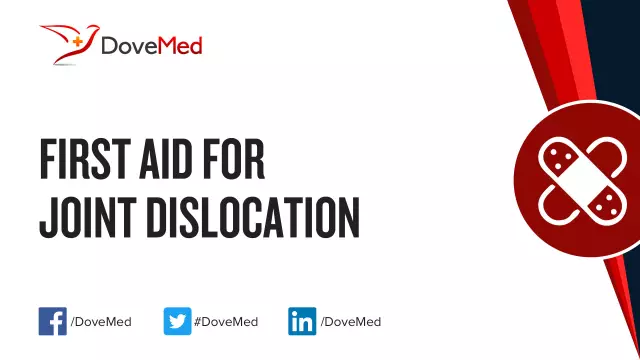- Author Rachel Wainwright [email protected].
- Public 2023-12-15 07:39.
- Last modified 2025-11-02 20:14.
First aid for dislocation

Dislocation is a stable displacement of the articular ends of the bones, as a result of which the joint ceases to perform its function. Dislocation is one of the serious and, unfortunately, frequent injuries, and although it is considered less dangerous than, for example, a fracture, its consequences can be no less, if not more serious, especially if a large joint is damaged.
To understand what this type of injury is and know how to properly provide first aid for dislocation, you need to remember the structure of the joint.
What is a joint
A joint is a connection of bones that allows movement in a limb. The joint is formed by the articular ends of two bones covered with cartilaginous tissue, which absorbs and softens friction during movement. Sometimes in the joint there is additional cartilage in the role of a kind of pad, for example, a meniscus in the knee joint. The articular parts of the bones are enclosed in the so-called articular bag, inside which is the synovial fluid. Ligaments also belong to the joint, which firmly connect its components to each other. Thus, the joint is a very strong structure, capable of withstanding serious stress.
How dislocation is formed, its diagnostic signs
A dislocation occurs when a joint is abruptly and overexposed, usually in a direction that is unusual for movement in that joint. In this case, the articular part of the bone leaves the anatomically correct position, while the articular capsule can be damaged, ligaments and blood vessels can be torn, and nerve endings can be squeezed and damaged.
The most common dislocations (in descending order) are: finger, shoulder, foot, elbow, temporomandibular joint, knee, hip joint.
Before you start providing first aid for a dislocation, you need to make sure that there are symptoms.
Signs that a dislocation has occurred are:
- Sharp pain in the joint;
- Unnatural position of the limb;
- Impossibility of movement in the joint or a sharp restriction of its mobility, increased pain when trying to move.
As a rule, the joint changes its shape during dislocation, which is especially noticeable in people of thin constitution. Also, traumatic edema is often formed, due to damage to the blood vessels, and sometimes the release of synovial fluid from the articular bag.
Dislocation differs from less dangerous injuries, such as sprains or bruises, in that the symptoms described above do not increase gradually, but appear immediately after the injury. If you are not sure what kind of injury occurred, it is better to assume a more severe option and provide the first aid required for the dislocation. If later it turns out that the diagnosis is erroneous, and in fact a sprain has occurred, this will not have any negative consequences. It is much more dangerous to underestimate the trauma.
First aid for dislocation

Probably everyone has heard that dislocation is treated by reduction. However, not everyone knows that it is categorically not recommended to do this to a non-specialist, since inept actions can significantly aggravate the injury, and in severe cases lead to complete destruction of the joint and subsequent disability.
If the nature of the injury suggests a dislocation, the patient should be taken to the emergency room or trauma unit of the hospital as soon as possible. There they will make an X-ray of the limb to confirm the preliminary diagnosis, and provide assistance.
First aid is as follows:
- The joint must be immobilized, and - Attention! - in the position in which he is after the injury. You do not need to straighten the limb or turn it. To fix the joint, a splint is applied, just like with a fracture. If there is a dislocation of the hip joint, the victim must be laid down, the injured leg must be bandaged to the healthy one and transported in the supine position on a rigid stretcher or an object that replaces them;
- Apply an ice pack or other cold object (such as a bottle of fridge water, etc.) to the affected joint to reduce swelling;
- You can give the victim pain reliever. Analgin, Paracetamol, Nimesil or any other analgesic will do. It should be remembered that if there is no acute pain, then there is no need to take an analgesic, since complete anesthesia can complicate the diagnosis;
Take the victim to the nearest hospital or trauma center, or wait for the ambulance to arrive.
Found a mistake in the text? Select it and press Ctrl + Enter.






